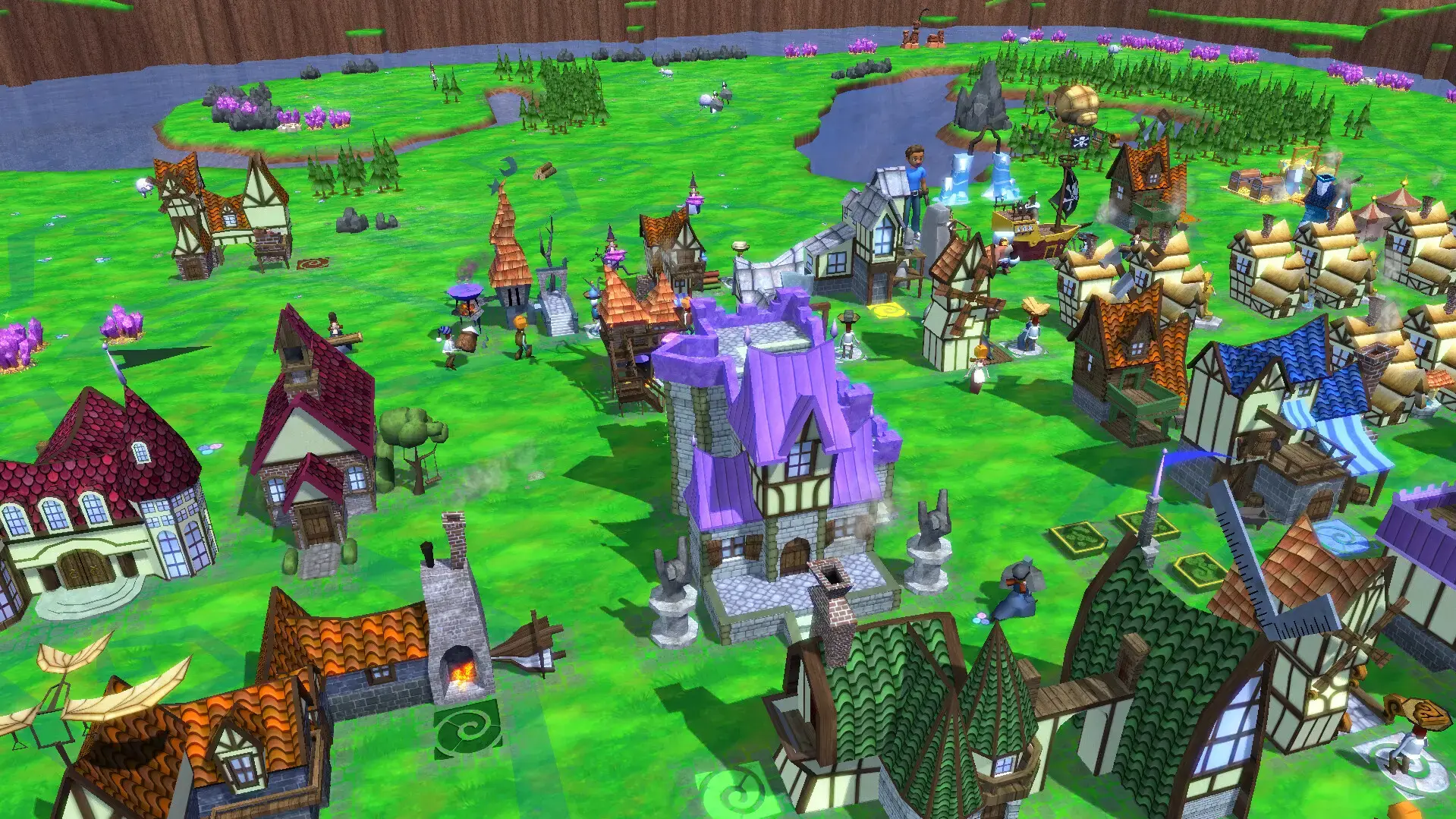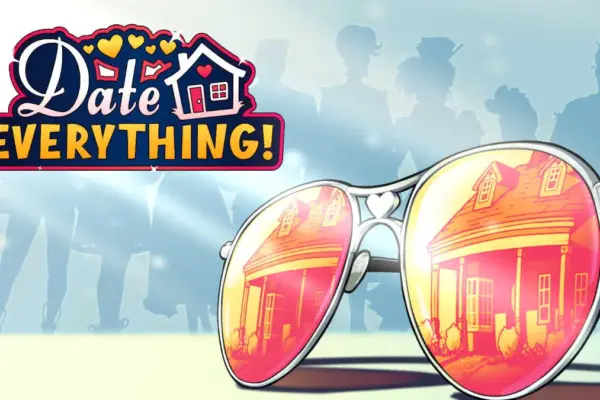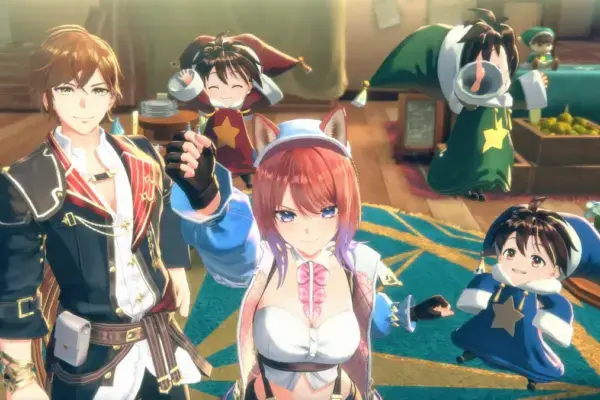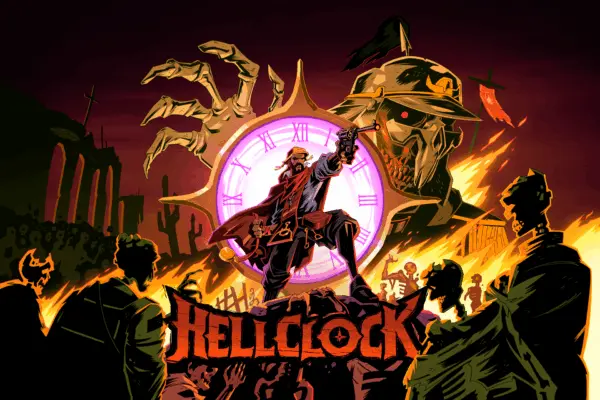This review follows Output Lag’s comprehensive review methodology.
About A World of Keflings
- Developer
- NinjaBee
- Publisher
- NinjaBee
- Platforms
I already expected to feel quite nostalgic jumping into the newly released A World of Keflings. Seeing those tiny, big-headed Keflings running around again instantly took me back to my Xbox 360 days, when NinjaBee’s builder was the perfect antidote to shooters and survival sims. But this wasn’t just a trip down memory lane. It was a test to see whether a game built around gentle cooperation and low-stakes city building could still hold up in a world dominated by more fast-paced endeavors.
It turns out, it can—and mostly does—with a few caveats. The new PC version of A World of Keflings isn’t a simple remaster. It’s been retooled with modern features, support for higher resolutions, online co-op, and a sharper art style that keeps its cartoony charm intact. But at its core, this is still the same laid-back city builder where your towering avatar helps a civilization of tiny Keflings build, craft, and thrive without ever raising a sword or worrying about a timer.
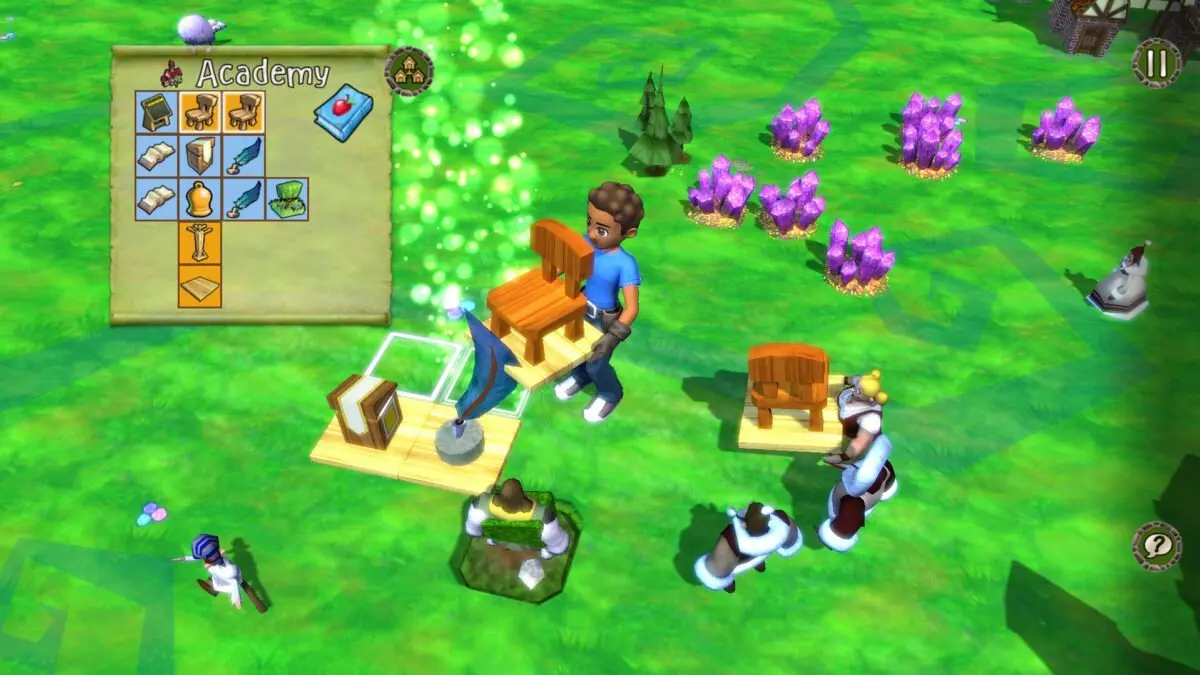
Starting Fresh in a Familiar World
The first thing that struck me on PC was just how much better the world looked at higher resolutions. On my 1440p monitor, the crisp edges and pastel color palette made each Kefling settlement feel alive. The lighting has been softened compared to the old Xbox version, giving the environments a warm, painterly look that suits the tone perfectly. Unfortunately, that first impression was slightly dampened by the game’s finicky display settings. It launched on the wrong monitor the first time, and I had to shuffle between windowed and fullscreen modes before it finally cooperated. It’s the kind of small technical hiccup that doesn’t ruin the experience but does remind you this is a relaunch, not a full remake.
Once I was in, the simple joy of Keflings kicked in immediately. My giant avatar (fully customizable, now with more hairstyles and outfit options) towered over the land like a benevolent god, picking up tiny workers and dropping them off near resource nodes. Wood, stone, crystals—each material slowly fed into workshops that produced new building parts, which in turn unlocked blueprints for bigger and more whimsical structures. Before long, I had transformed an empty plot of land into a bustling kingdom where every Kefling had a role to play.
There’s a peaceful rhythm to it all. The game never rushes you. There’s no hunger meter, no day/night cycle, and no looming disaster to manage. The only thing pushing you forward is curiosity: “What can I build next?” It’s a vibe that’s increasingly rare in modern management games, where so many rely on stress as a mechanic. Here, the only pressure comes from your own desire to make something beautiful.
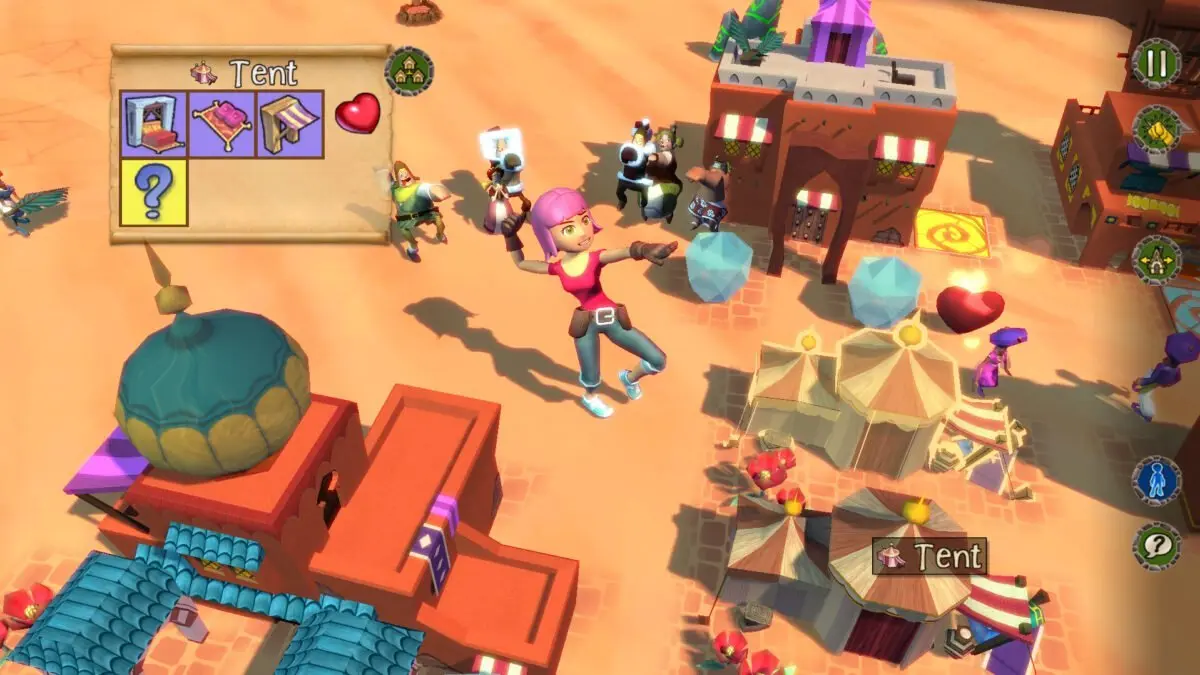
Co-Op Chaos and Chill
While the original A World of Keflings had local multiplayer, this new version’s online co-op is where it really shines. I jumped into a few sessions with a friend, and the experience completely transformed how I approached building. Instead of micromanaging everything myself, I found us naturally splitting roles. One person gathering materials, another constructing foundations or expanding the outskirts of town. There’s a cozy chaos to watching your friends scoop up Keflings and toss them onto jobs like tiny, living chess pieces.
At one point, we decided to rebuild an entire city square together. My friend was obsessed with decorating pathways, while I focused on optimizing the production chain for bricks and lumber. It turned into an unspoken dance of efficiency and creativity, punctuated by moments of laughter whenever someone accidentally hurled a Kefling into the wrong corner of the map. Co-op in A World of Keflings feels organic, not forced, and it makes the world feel communal in a way few management games do.
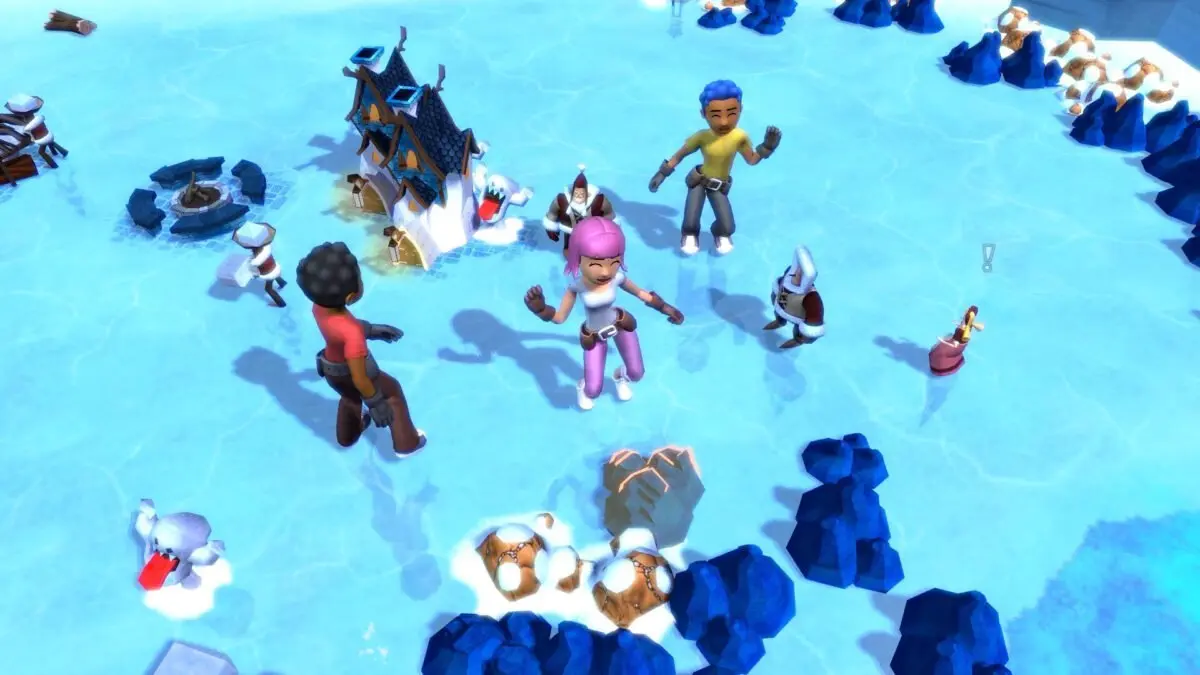
Building, Bugs, and Bottlenecks
The core loop remains as satisfying as ever—gather, refine, build, repeat—but it’s not without its quirks. The Keflings themselves can still be a little… dense. They’ll sometimes jam up around busy areas or stand idle if their delivery paths get blocked. More than once I had to literally kick one out of the way to clear traffic. It’s charmingly goofy, but when your city starts to sprawl and efficiency matters, it can slow things down.
Quests help give the sandbox some structure. Each region introduces new characters and objectives, from befriending dragons to lifting magical curses, all while teaching you how to use new building types. It’s lightweight narrative dressing, but it works. The writing is simple and wholesome, full of goofy one-liners and earnest charm. I found myself smiling more often than rolling my eyes, which isn’t something I can say for every “cute” game that tries too hard to be funny.
Performance-wise, the game ran smoothly for me after that rocky start. The only real issues were occasional stutters when switching between the game’s three main regions and the aforementioned pathfinding hiccups.
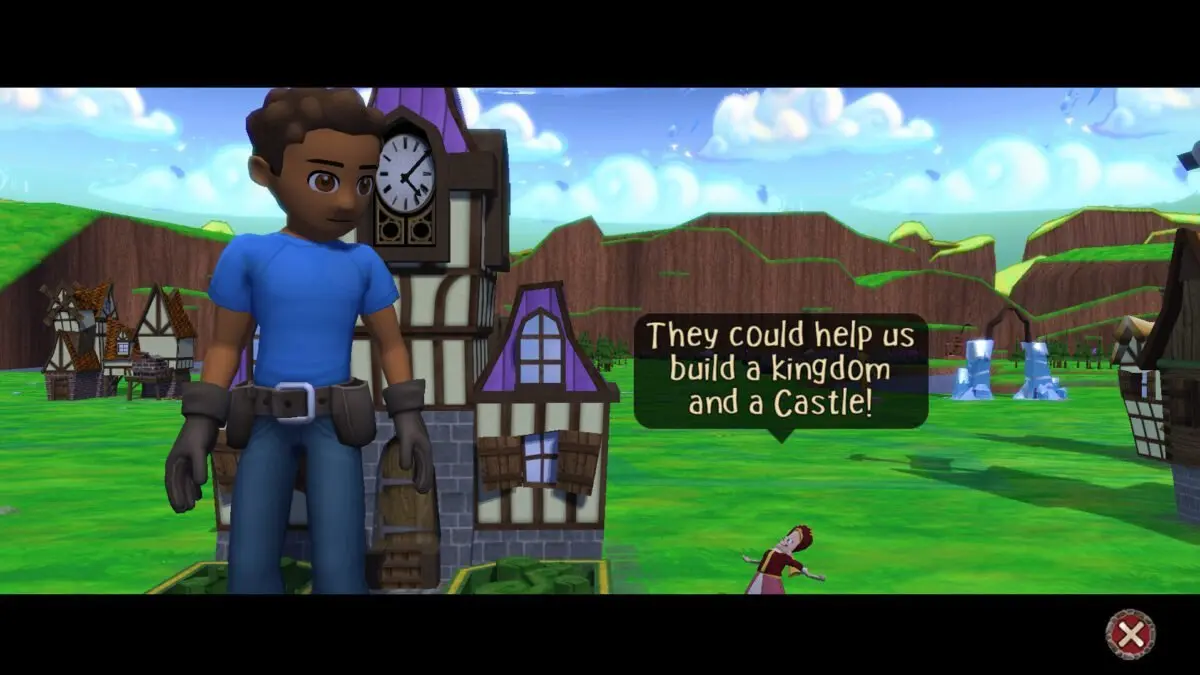
A Cozier Kind of Progress
What A World of Keflings does better than most is let you find joy in small accomplishments. Building a city here doesn’t feel like optimizing a spreadsheet, but it feels like tending a living diorama. The new PC version makes that easier to appreciate with improved camera control and better mouse input. I found myself zooming out just to admire the movement of dozens of Keflings scurrying around, hauling resources, hammering walls, and chatting amongst themselves.
That said, after about ten hours, the repetition set in. Once most of the blueprints were unlocked, I found myself cycling through the same motions—harvest, refine, assemble, repeat—without much variety to break it up. The lack of challenge is part of the appeal, but it also means there’s little reason to keep playing once you’ve built everything there is to build. A few more late-game objectives or creative modes could have gone a long way.
Visually, this is a solid upgrade. Aurally, it’s where Keflings shows its age. The cheerful, folksy soundtrack still fits the game perfectly, but the loops are short…too short. After an hour or two, I was hearing the same melody over and over. It’s pleasant background noise, but I found myself eventually muting it and putting on a podcast. Thankfully, the sound design outside the music is great: wind rustles through the trees, tools clink rhythmically, and the Keflings’ babble adds just enough life to make your settlements feel busy.
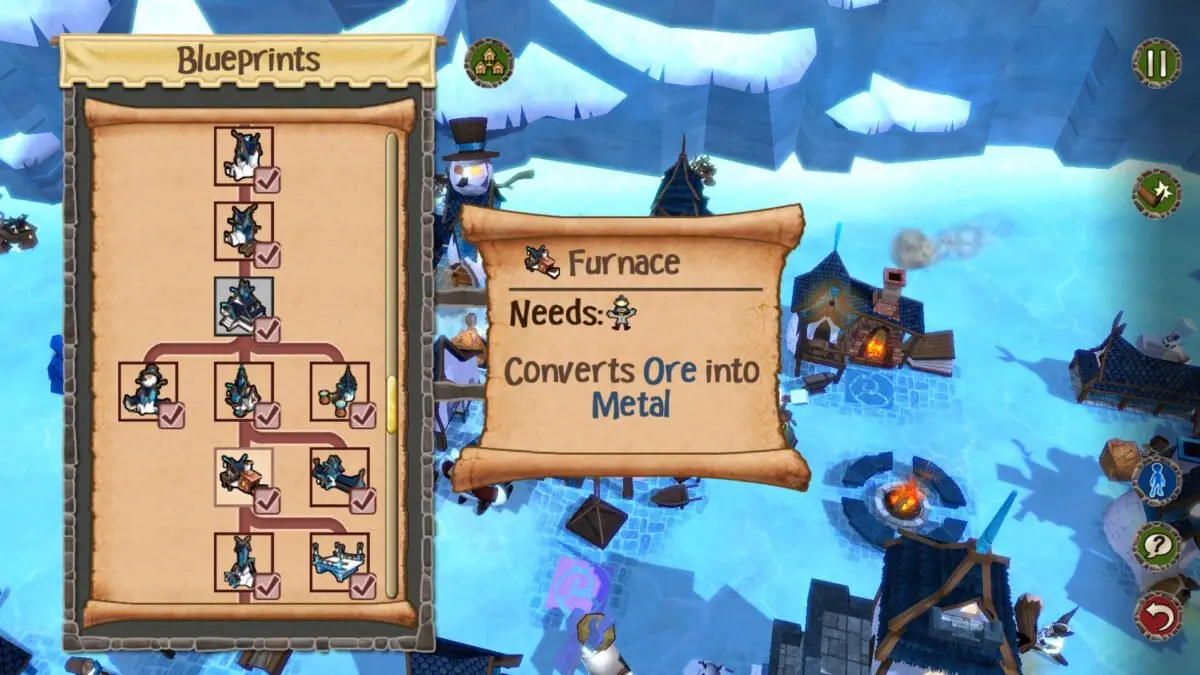
A Whole (Revisited) World
Revisiting A World of Keflings in 2025 feels like catching up with an old friend who hasn’t changed much. but in the best way. It’s still warm, quirky, and quietly addictive, and now it finally feels at home on PC. The addition of online co-op makes it a wonderful shared experience, and the quality-of-life updates smooth out most of the rough edges. The few remaining bugs and bouts of repetition don’t overshadow what is, at its heart, a wholesome and relaxing builder that asks nothing more of you than to make something lovely.
After more than a decade away, I’m glad the Keflings are back, even though I would have loved to see them reach for so much more.
This review is based on a retail build of the game provided by the publisher.
